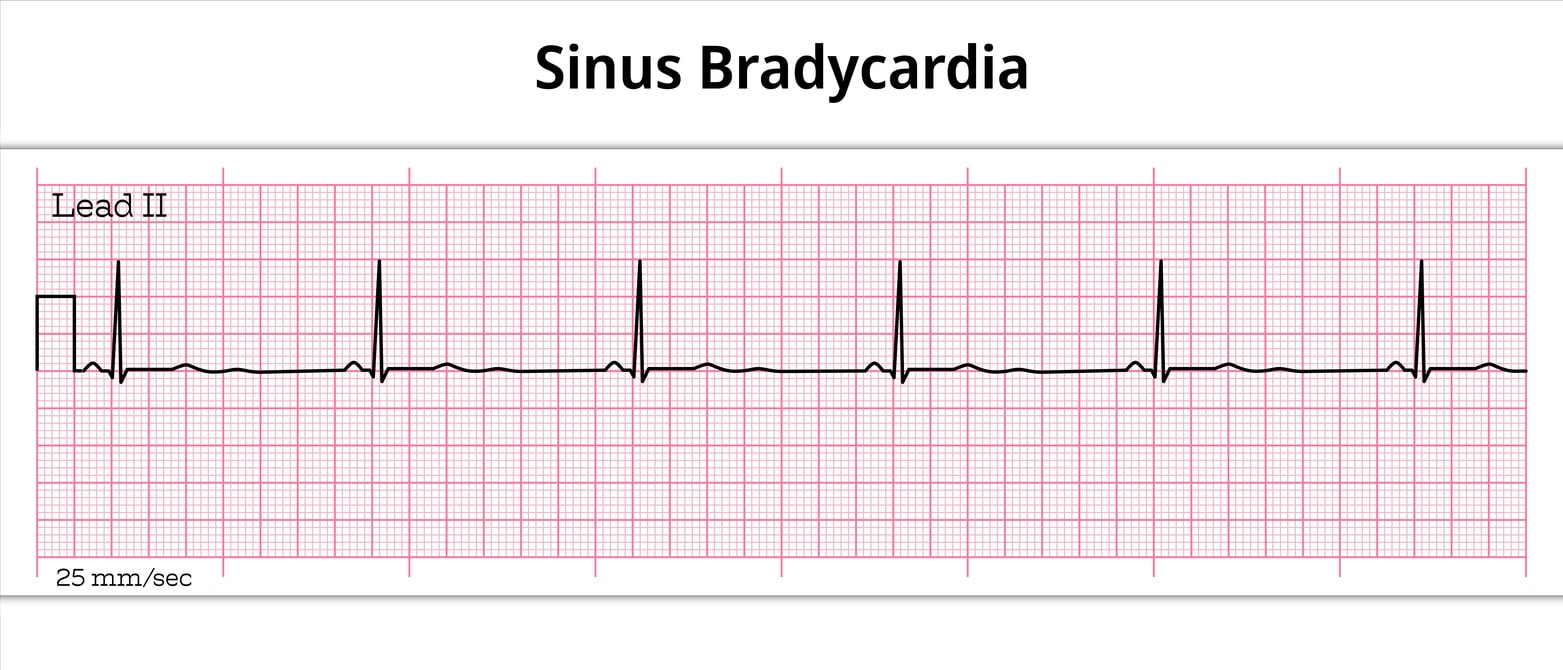

When someone suddenly collapses, knowing what to do can make the difference between life and death. The American Heart Association (AHA) developed the Heartsaver Adult CPR Algorithm to give everyday people a clear, step-by-step guide for responding to cardiac emergencies. This framework is designed to be simple and effective, empowering you to act confidently when every second matters.
The Heartsaver Adult CPR Algorithm is a sequence of actions recommended by the American Heart Association for providing basic life support to an adult who is unresponsive and not breathing normally. It is a critical component of the “Chain of Survival,” a series of coordinated efforts that maximize the chances of survival after a sudden cardiac arrest.
The algorithm emphasizes a few core actions:
Following these steps ensures that the victim receives the best possible care until professional medical help arrives.
In a high-stress situation, it’s easy to feel overwhelmed. The Heartsaver Adult CPR Algorithm breaks down the process into manageable steps. Let’s review them one by one.
Before you do anything else, make sure the scene is safe for both you and the victim. Look for any immediate dangers like traffic, fire, or electrical hazards.
Once you confirm the area is safe, check if the person is responsive.
It’s important to distinguish between normal breathing and agonal gasps. Agonal gasps are short, sharp, or snorting breaths that are not effective for getting air into the lungs. These are a sign of cardiac arrest, not recovery. If the person is only gasping, you should proceed as if they are not breathing.
If the person is unresponsive and not breathing or only gasping, it’s time to get help.
Activating the emergency response system as quickly as possible is vital. It starts the process of getting advanced medical care to the scene.
Immediate chest compressions are the cornerstone of effective CPR. They manually pump the heart, circulating oxygenated blood to the brain and other vital organs.
Here’s how to perform them correctly:
After 30 chest compressions, you should give two rescue breaths. This provides a small amount of oxygen to the lungs.
Do not interrupt compressions for more than 10 seconds to give breaths. The focus should always be on minimizing interruptions to chest compressions.
Continue the cycle of 30 compressions followed by 2 breaths. If another person trained in CPR is available, you should switch roles every 2 minutes (or after about five cycles). This prevents fatigue and ensures the compressions remain high-quality.
An Automated External Defibrillator (AED) is a portable device that can analyze the heart’s rhythm and deliver an electrical shock (defibrillation) to restore a normal heartbeat. Using an AED is a crucial step in the Chain of Survival.
If no shock is advised, immediately resume chest compressions.
You should continue performing CPR until one of the following occurs:
Reading about the Heartsaver Adult CPR Algorithm is a great first step, but true confidence comes from hands-on practice. At Safety Training Seminars, we provide official American Heart Association courses that give you the skills needed to act decisively in an emergency. Our blended learning model combines convenient online coursework with in-person skills testing at one of our 70+ locations across California. This approach ensures you understand the theory and can perform high-quality CPR and use an AED effectively.
We offer daily classes, including on weekends and evenings, to fit your schedule. As a woman-owned business founded in 1989, we are committed to providing the highest quality training at the lowest prices, guaranteed. Upon completion of your skills session, you will receive your AHA certification card the same day. Book a class with us and gain the life-saving skills to protect your family, colleagues, and community.